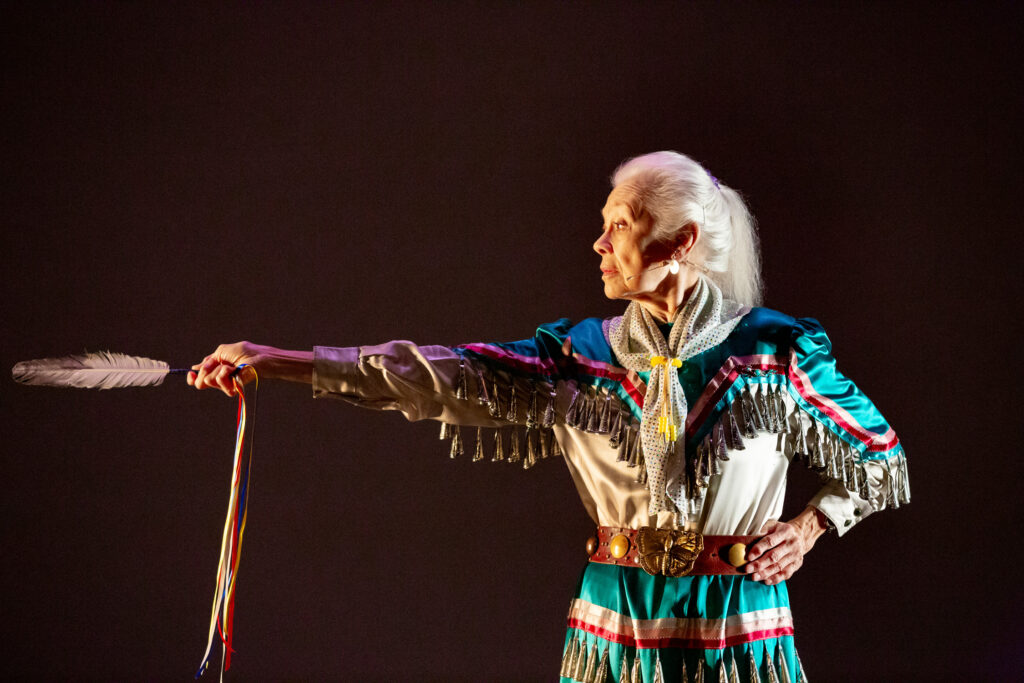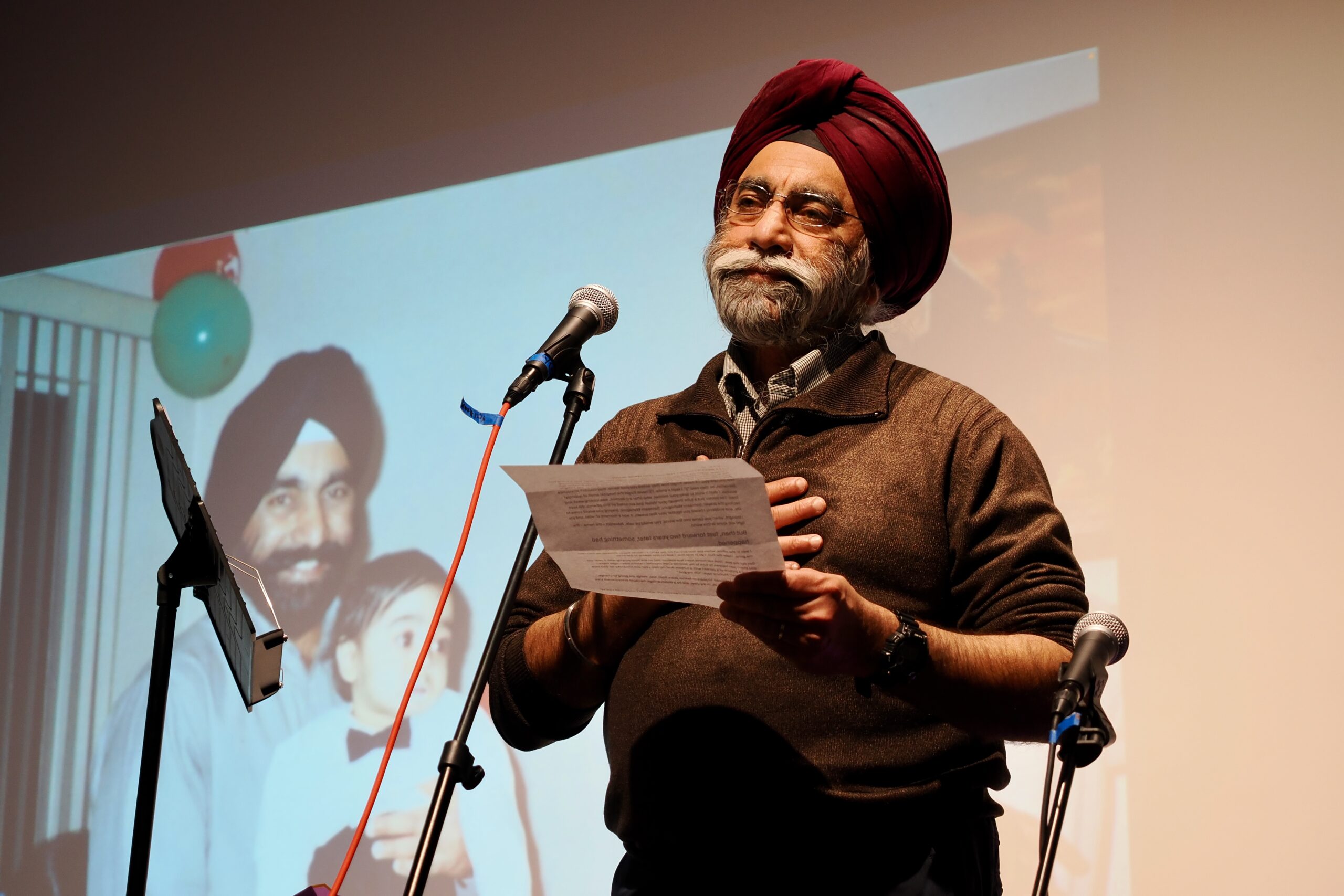Did you know that the arts can help reduce isolation and loneliness? Arts programming can be a powerful tool for community wellness, strengthening social connections, fostering belonging, and supporting collective resilience.
Arts Midwest’s GIG Fund: Arts and Wellness is a new grant opportunity that offers up to $15,000 for organizations of any budget size to offer artist-driven community wellness programming. Funds may support performances, workshops, creative aging programs, artist residencies in healthcare settings, efforts initiatives that engage veterans, and more.
But what does connecting arts programming to wellness actually look like in practice?
Here are five tips—and inspiring examples from organizations across the Midwest—to help you dream up your own arts and wellness program.
Tip 1: Identify your target audience
Arts and wellness programming can benefit everyone, but targeting your work toward a specific group can help deepen its impact. Consider focusing on:
-
1
Older Adults
Older adults are deep wells of wisdom and lived experience, but they can also face increased isolation, health struggles, or memory loss. Arts programs can support their wellbeing by fostering connection, encouraging creative expression, and honoring their stories.
-
In Indianapolis, Castleton United Methodist Church partnered with a professional storyteller to host six creative sessions for seniors. Participants shared personal memories, wove them into stories, and performed for the community.
- In Minneapolis, Minnesota Giving Voice supports a network of choirs for people with Alzheimer’s and their caregivers. Their free open-source toolkits help other communities start dementia-inclusive singing groups that celebrate memory and connection.
-
-
2
Rural Audiences
Rural communities can face limited access to resources that support health, connection, and creativity. Arts and wellness programming can help fill these gaps, strengthening both individual and community wellbeing.
- In small town Granite Falls, Minnesota, JJ Kapur, a theater performer turned psychology PhD student, invited participants to explore vulnerability through writing love letters and sharing them on stage. “I’m interested in how groups can heal together,” he said. “How is the theater therapeutic and how is therapy kind of a form of theater?”
-
3
Veterans
Veterans may experience unique challenges to their mental health, sense of connection, and creative expression. Arts and wellness programming can offer space for reflection, storytelling, and healing, supporting the wellbeing of those who have served.
-
In North Dakota, Arts for Vets offers a welcoming space for veterans to create art in a community setting, finding healing at their own pace.
-
-
4
Patients
Patients navigating illness or recovery often face stress, isolation, or uncertainty. Arts and wellness programming can provide moments of comfort, creativity, and connection, which in turn support healing.
-
At Oyate Health Center in South Dakota, a new building became home to a permanent art collection that seeks to support physical, mental, and spiritual health, with images that resonate with the clinic’s largely Native American patients and staff.
-
-
5
Caregivers
Caregivers often focus so deeply on supporting others that their own wellbeing can be overlooked. Arts and wellness programming can create space for rest, reflection, and creative expression, helping caregivers reconnect with themselves and their communities.
-
Through the VA Caregiver Support Program, caregivers can participate in virtual art journaling workshops designed to reduce stress, combat isolation, and promote self-expression. These low-pressure sessions blend offer caregivers a chance to reconnect with themselves and support their own wellbeing.
-

Tip 2: Think creatively about partners and settings
Now that you’ve decided on a target audience or two, it’s time to start brainstorming about how you will turn your ideas into reality. Odds are that you have some great partners already in close proximity! Consider having a conversation with leaders from the following types of organizations to pool your resources and bring the community together.
-
1
Libraries
Studies show that reading for pleasure reduces stress, heightens empathy, improves students’ test scores, slows the onset of dementia, and makes us more active and aware citizens. Libraries make excellent partners for creative literary programs that invite reflection, learning, and connection.
Consider collaborating on programs like:
-
A zine-making series led by local artists that invites participants to explore what health and wellness mean to them.
-
A guided writing circle led by an author, where participants use personal storytelling to explore themes like healing, gratitude, or growth
Want more inspiration? Check out how one NEA Big Read grantee co-created a joyful community mural rooted in Ross Gay’s Catalog of Unabashed Gratitude.
-
-
2
Community Centers
Community centers are vital gathering spaces that offer familiarity, and built-in trust, making them ideal partners for arts and wellness programs that feel accessible and welcoming.
Consider partnering on programs like:
-
A pop-up portrait studio led by a visual artist, where community members are photographed and interviewed about what wellness means to them, culminating in a public exhibition
-
A community quilt or textile project led by a fiber artist, where participants stitch together pieces that reflect personal stories around wellness, culminating in a shared artwork for the space.
Want more inspiration? Flutes at Dawn from Milwaukee, says working with a community-based space afforded them more freedom and flexibility in terms of setting up the space and meeting the audience where they are at.
“Because our performance is as rooted in education as it is in entertainment, it felt good to empower young people and engage with their families during rehearsals and the performances. I think this brought out more people who wouldn’t otherwise come to a theater/performing arts center.”
-
-
3
Third Spaces
Third spaces—places that aren’t home or work—offer unexpected opportunities for arts and wellness engagement. From yoga studios and coffee shops to parks and laundromats, offering programs in informal gathering spaces can lower barriers, reach new audiences, and create a sense of comfort and belonging.
Consider partnering on programs like:
-
Storytelling circles led by a spoken word artist in barbershops, creating discussion around mental health, masculinity, and healing.
- Pop-up sound baths led by a local musician in local parks, designed to bring calming, immersive experiences and give others the skills to lead their own sound meditations.
Want more inspiration? Perceptions Yoga, Mindfulness and Art in Vernon, Indiana turns their art gallery into a yoga studio depending on the event schedule.
-
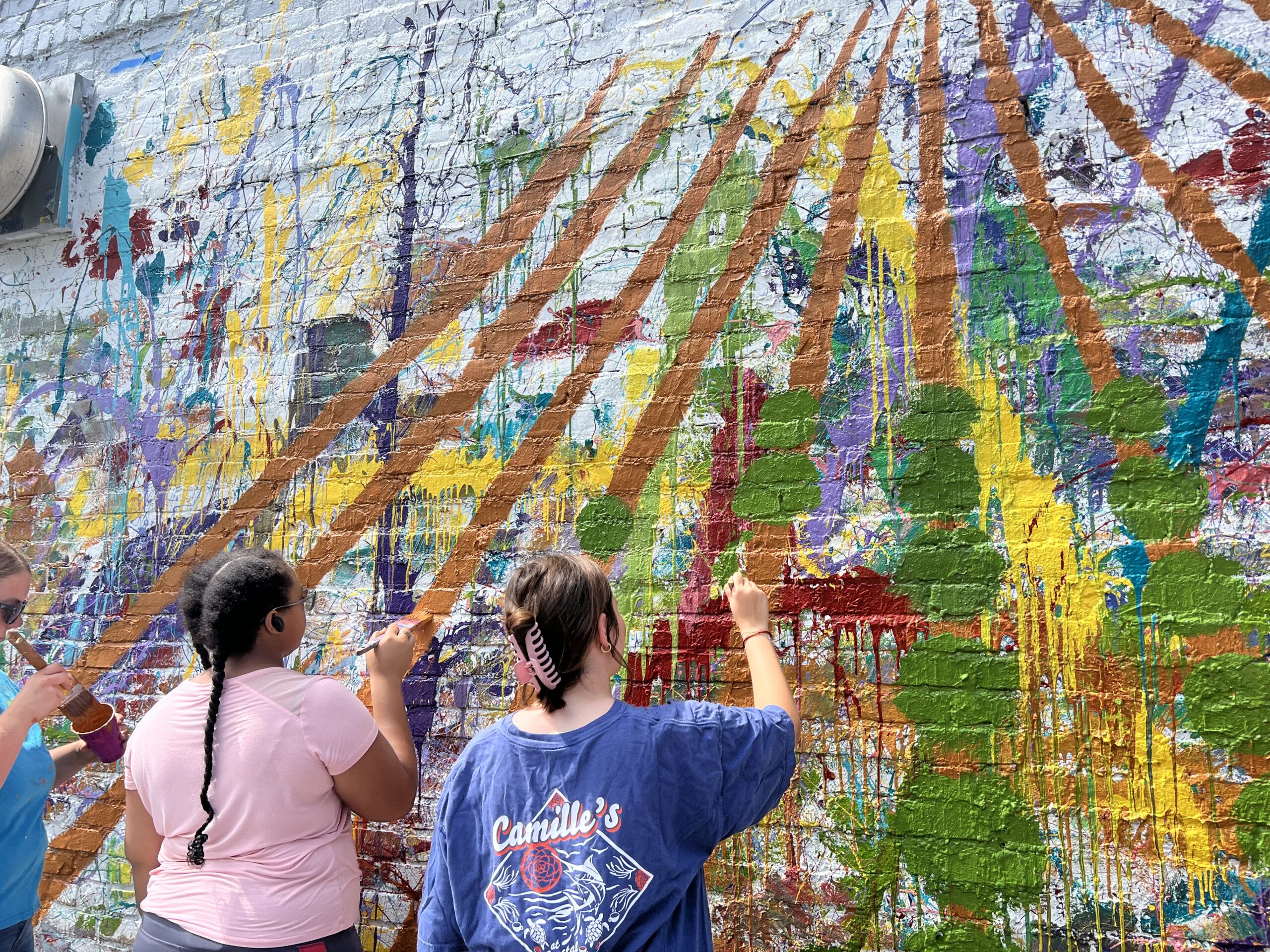
Tip 3: Bring in the Arts and Wellness experts
Not every arts organization has wellness expertise on staff, and that’s okay! Partnering with subject matter experts (SMEs) can add depth, care, and credibility to your programs.
SMEs can help ensure your work is trauma-informed, accessible, and supportive of participants’ emotional and mental health needs. Be sure to partner with individuals who are appropriately credentialed for the type of support they’re offering.
Here are a few types of licensed professionals to consider:
-
1
Art Therapists
Credentialed art therapists (ATR, ATR-BC) are trained to help people express themselves creatively while improving emotional and psychological wellbeing. Find certified practitioners through the Art Therapy Credentials Board.
-
2
Dance/Movement Therapists
Registered with the American Dance Therapy Association (ADTA), these professionals use movement as a form of healing and self-expression, especially helpful for trauma processing, stress relief, and embodiment. Find certified practitioners through their search tool.
-
3
Music Therapists
Certified by the Certification Board for Music Therapists (CBMT), they use structured musical activities to support emotional regulation, cognitive functioning, and interpersonal connection. Find a therapist in their online directory.
-
4
Drama Therapists
Registered Drama Therapists (RDT) use role-play, improvisation, and storytelling to support self-awareness, healing, and behavior change. They are credentialed by the North American Drama Therapy Association (NADTA). Find a therapist using their search tool.
-
5
Licensed Mental Health Counselors, Social Workers, or Psychologists
These professionals can serve as collaborators or advisors on program design—ensuring content is trauma-informed, age-appropriate, and responsive to participants’ emotional needs. Look for those with state licensure (e.g., LPC, LCSW, LMFT, or PhD/PsyD).
-
6
Certified Peer Specialists
Often credentialed through state-run training programs, peer specialists bring lived experience with mental health or substance use challenges. While not clinical providers, they offer valuable insight and support grounded in shared experience.
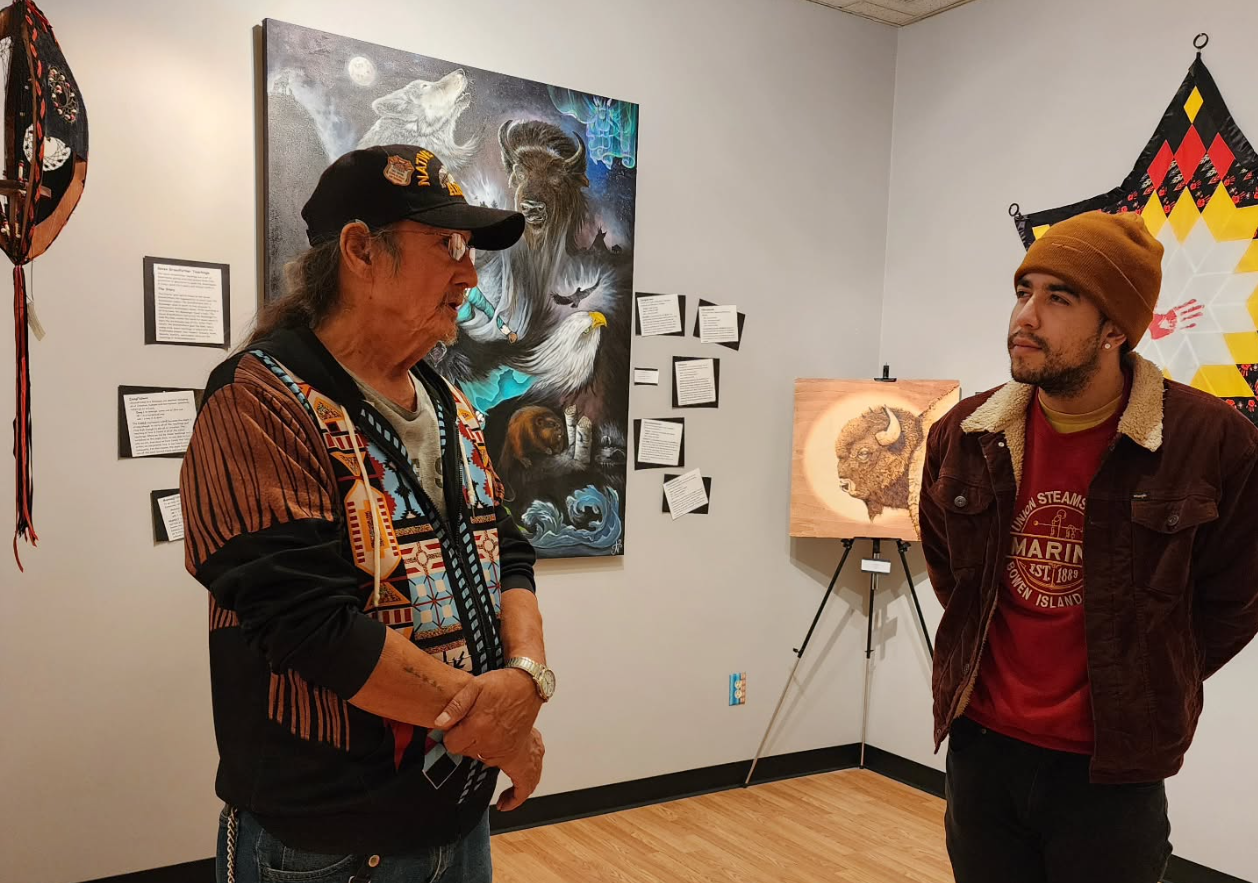
Tip 4: Keep accessibility in mind
True wellness programming makes everyone feel welcome, included, and safe to participate. That’s why accessibility should be a core part of your planning. When you center access, you’re also supporting community care, reducing barriers to participation, and affirming that wellbeing belongs to everyone.
Here are a few ways to expand access in your arts and wellness programming:
-
Meet people where they are
Bring your programming into community—libraries, senior centers, parks, or third spaces—to reduce transportation and comfort barriers.
-
Offer virtual or hybrid options
Online programming can support people who are immunocompromised, homebound, or caregivers. Your GIG Fund grant can be used toward equipment and licensing to make virtual access possible.
-
Design for a range of access needs
Use plain language in materials. Allow people to participate sitting, standing, or lying down. Offer sensory-friendly environments, visual instructions, or quiet zones. Include aids like ASL, captions, and translation to meet the needs of your specific community.
Want to learn more about designing accessible programming? Visit the Arts Midwest Accessibility Center for tools, guides, and checklists made to help.
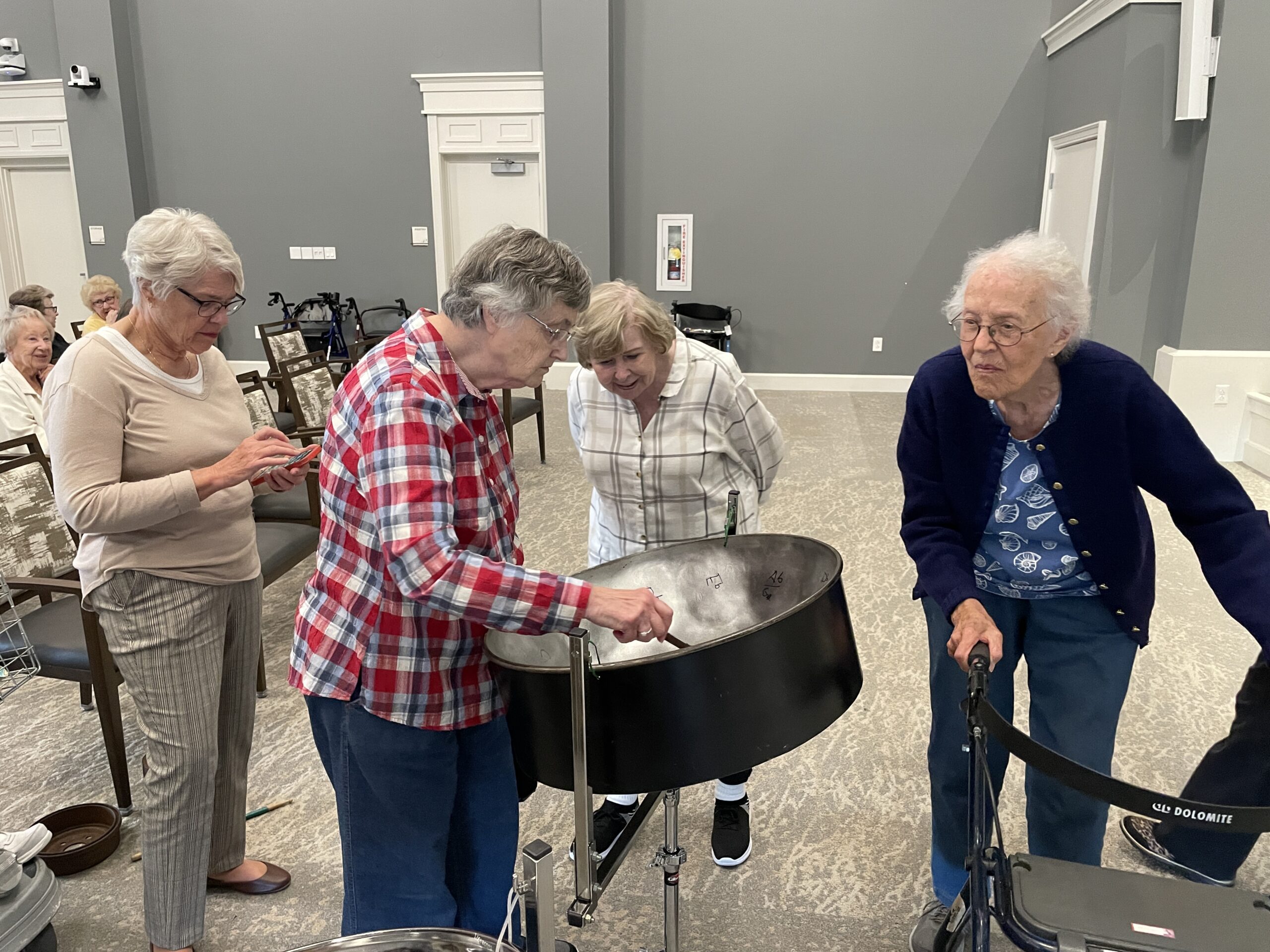
Tip 5: Check out other Arts and Wellness resources
You don’t have to start from scratch. Use research, case studies, and toolkits to inspire your work and build awareness of the arts’ impact on health and wellbeing.
Here are a few great places to start:
- Wisconsin Arts Board’s Arts & Wellness resources
- The Kennedy Center’s Arts and Wellbeing hub
- The National Endowment for the Arts’ Arts and Health hub
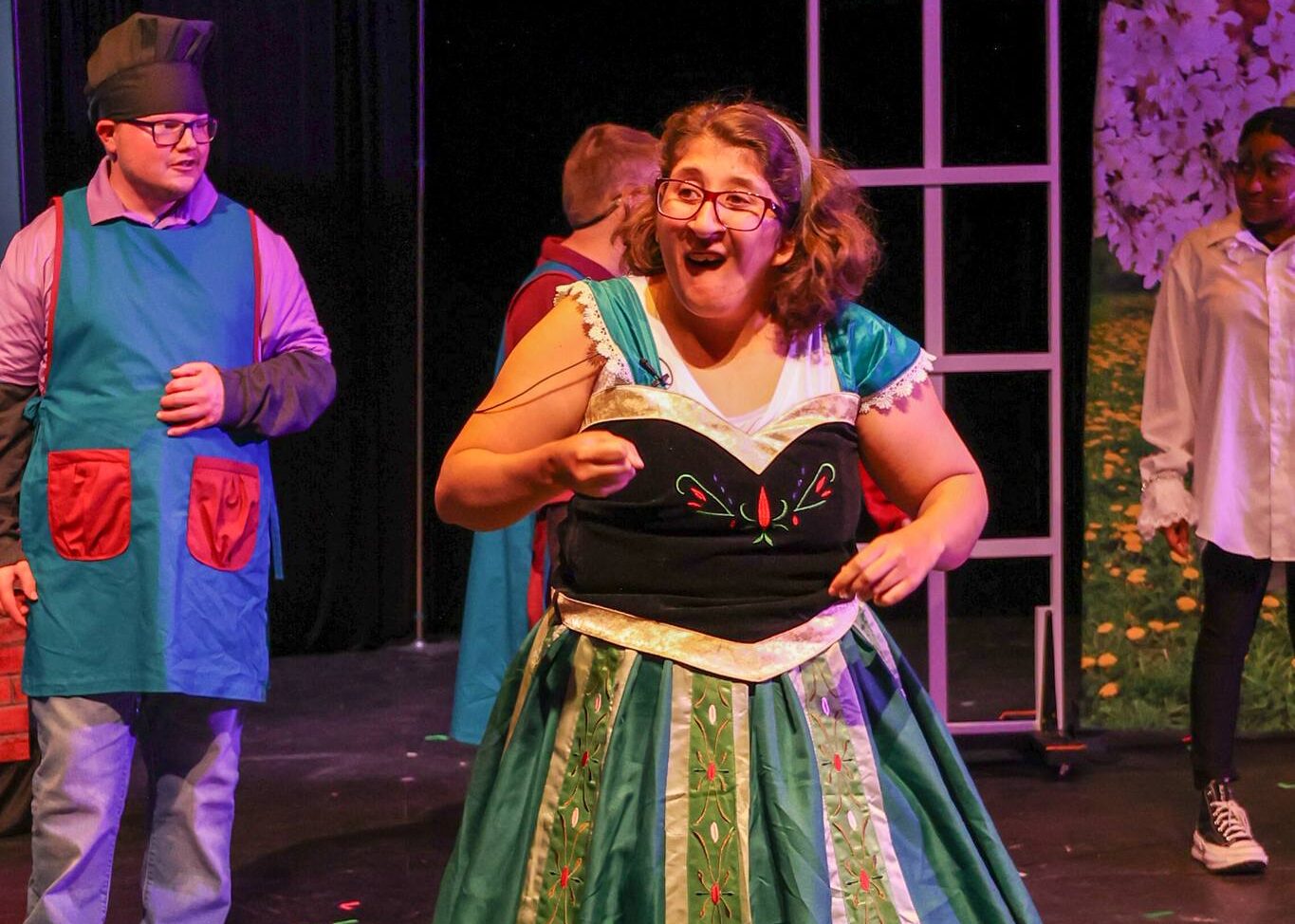
Final Tip: Apply for GIG Fund: Arts and Wellness!
Have a vision for a program in your community? Apply for the GIG Fund: Arts and Wellness to receive up to $15,000 to bring your idea to life
This opportunity is open to organizations of all budget sizes with projects that center both creative expression and community wellbeing.
Read the GIG Fund: Arts and Wellness Application Guidelines
Intent to Apply due: September 15, 2025
Final applications due: September 29, 2025
